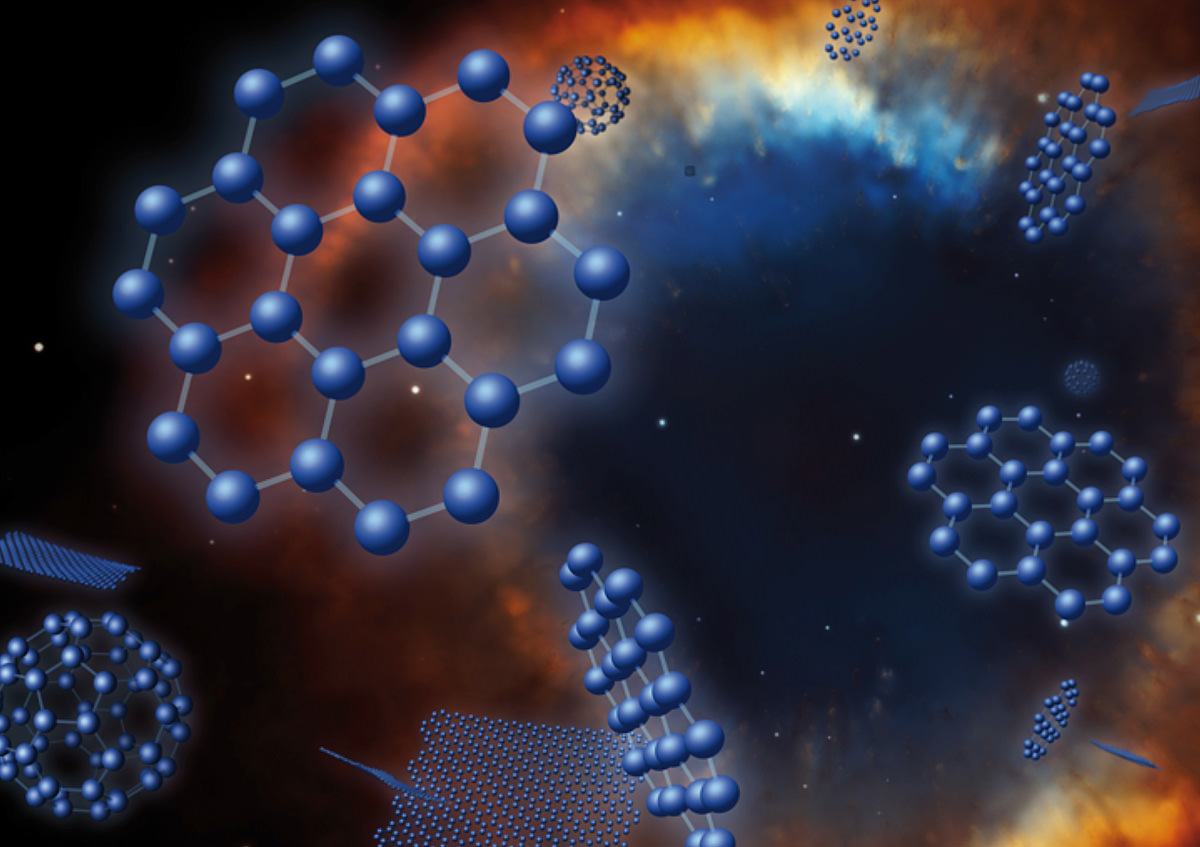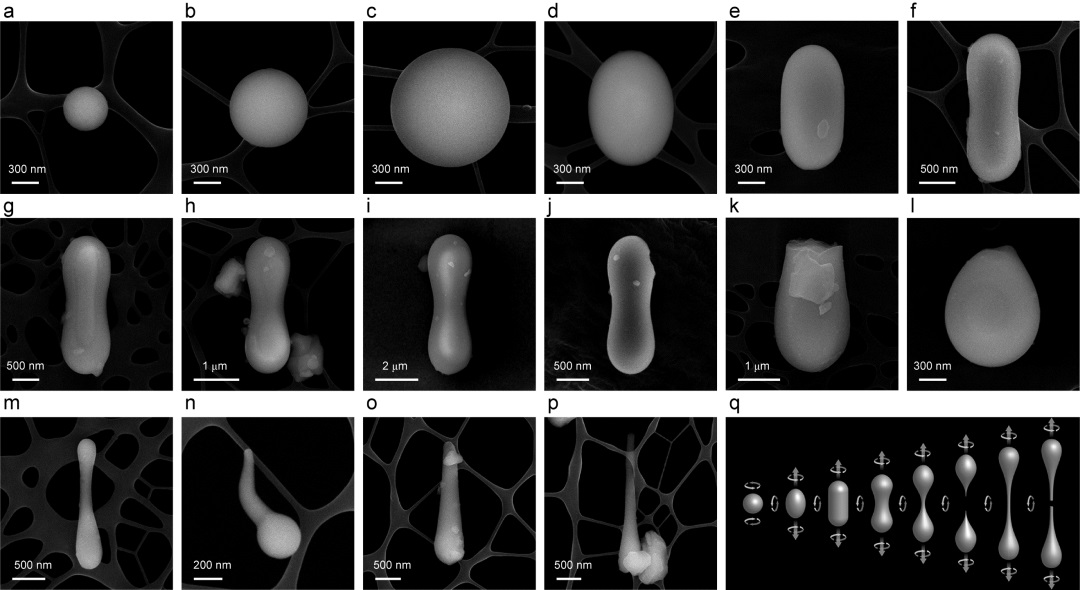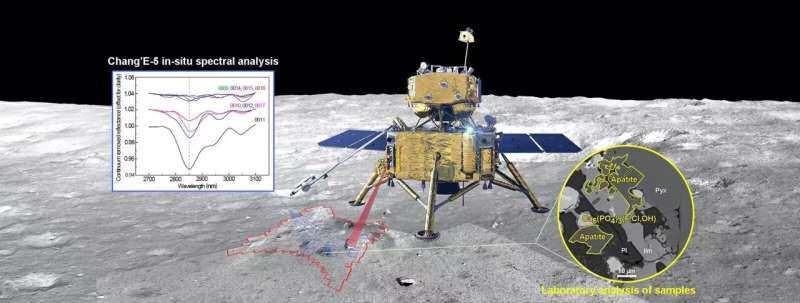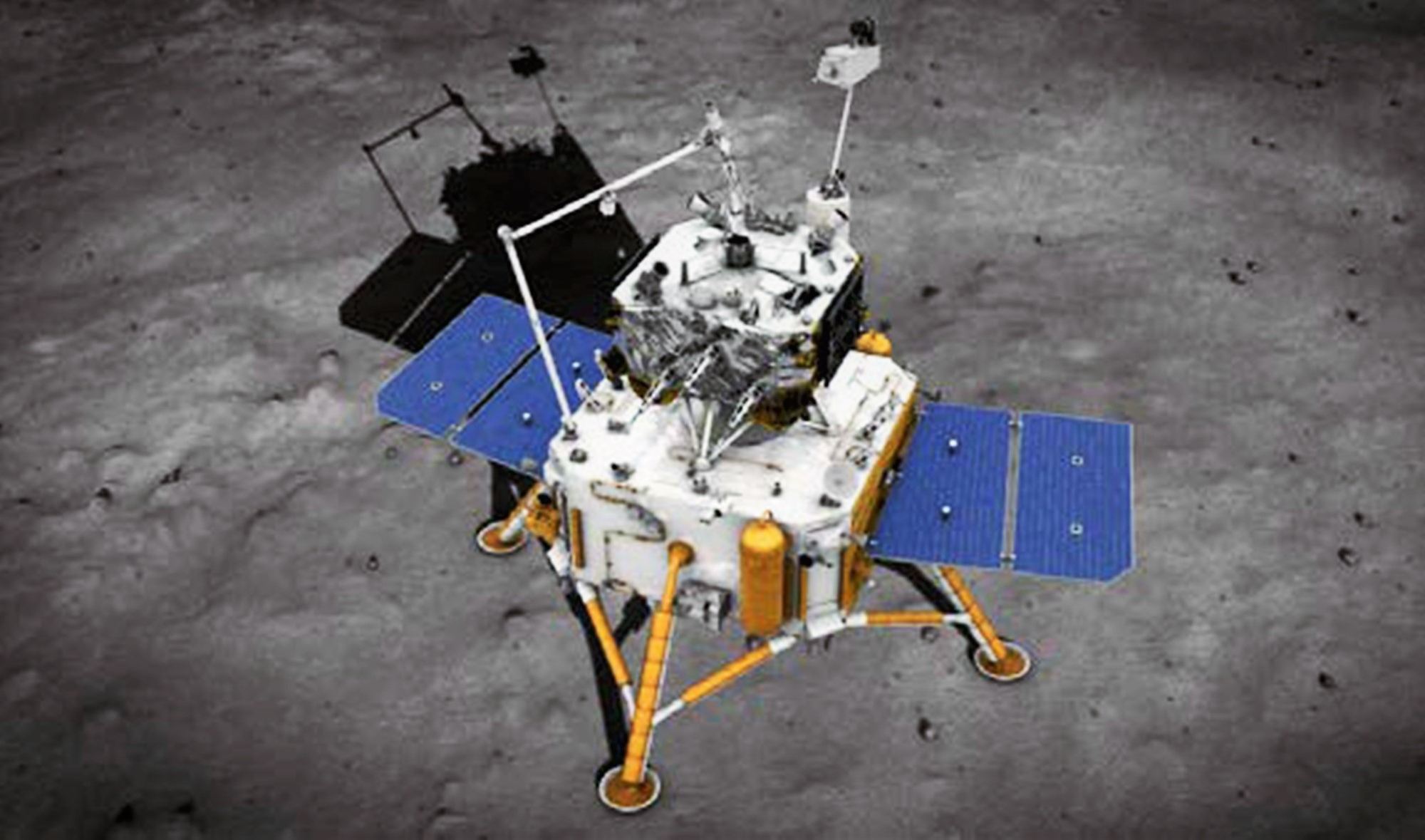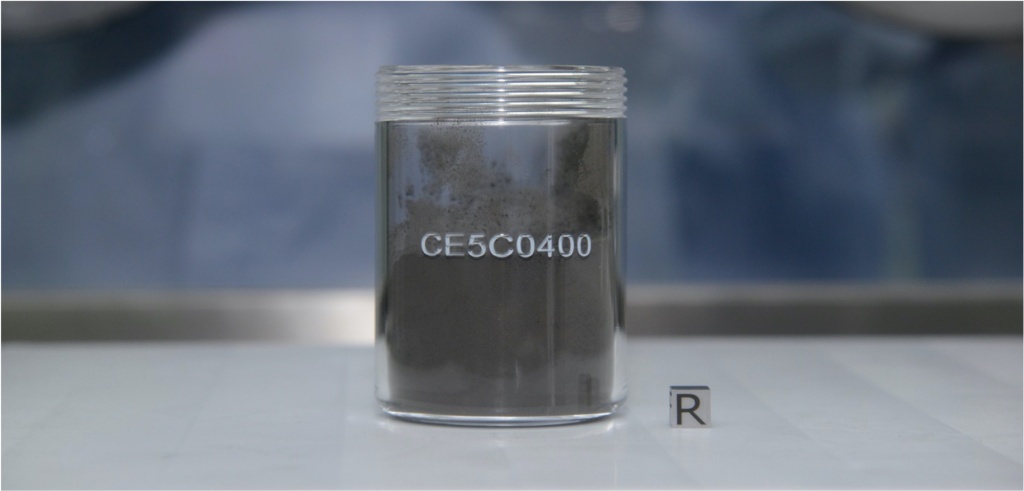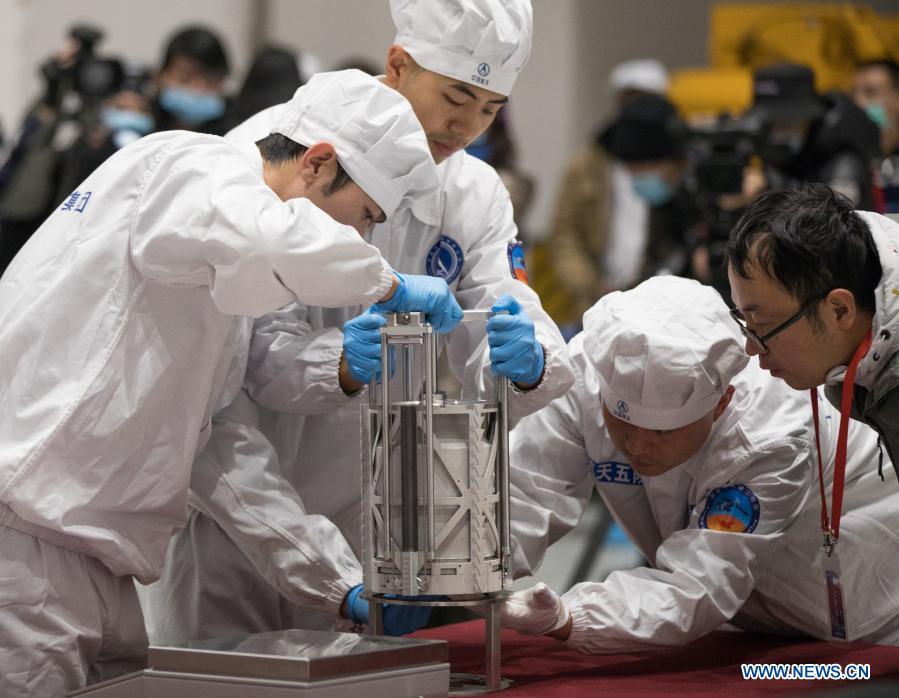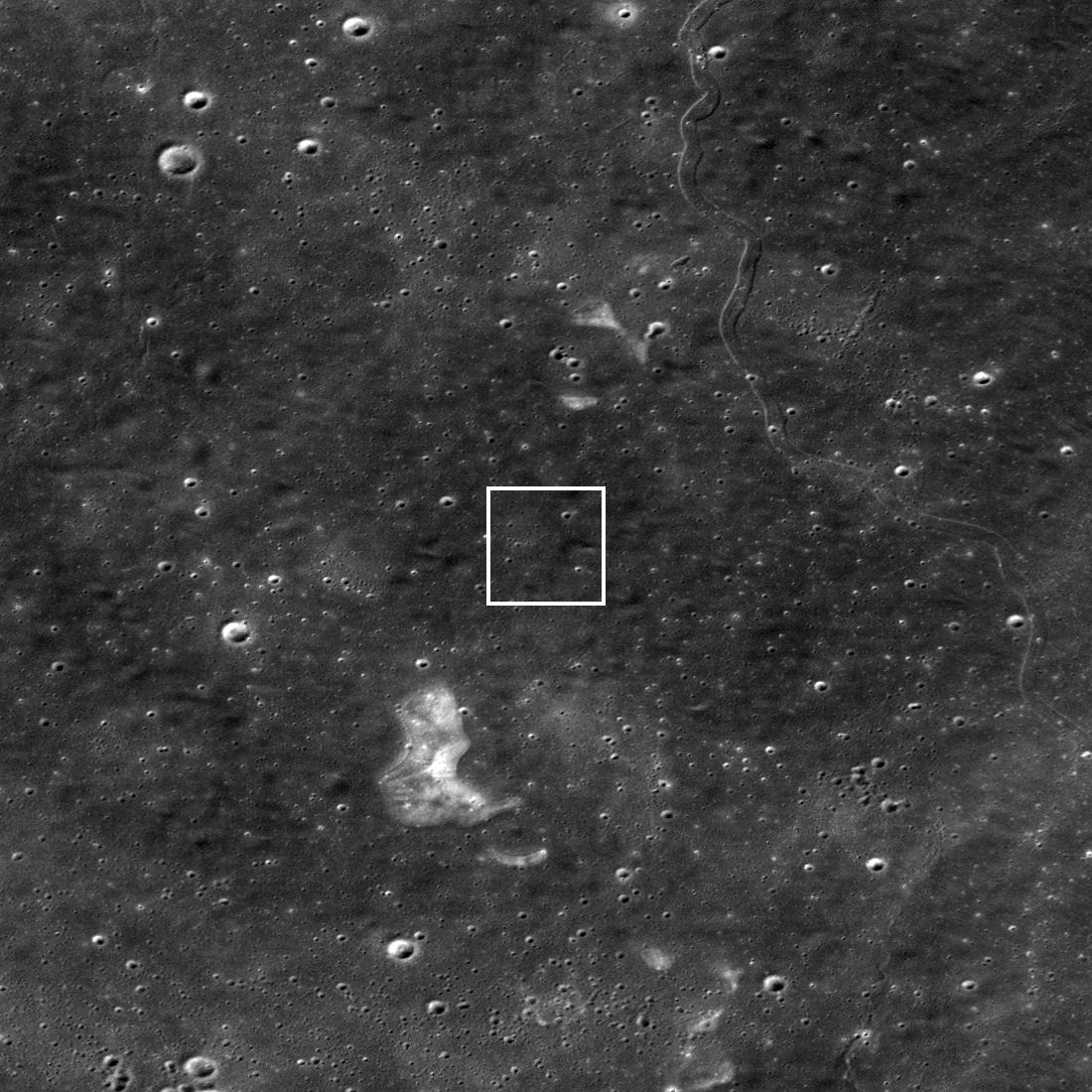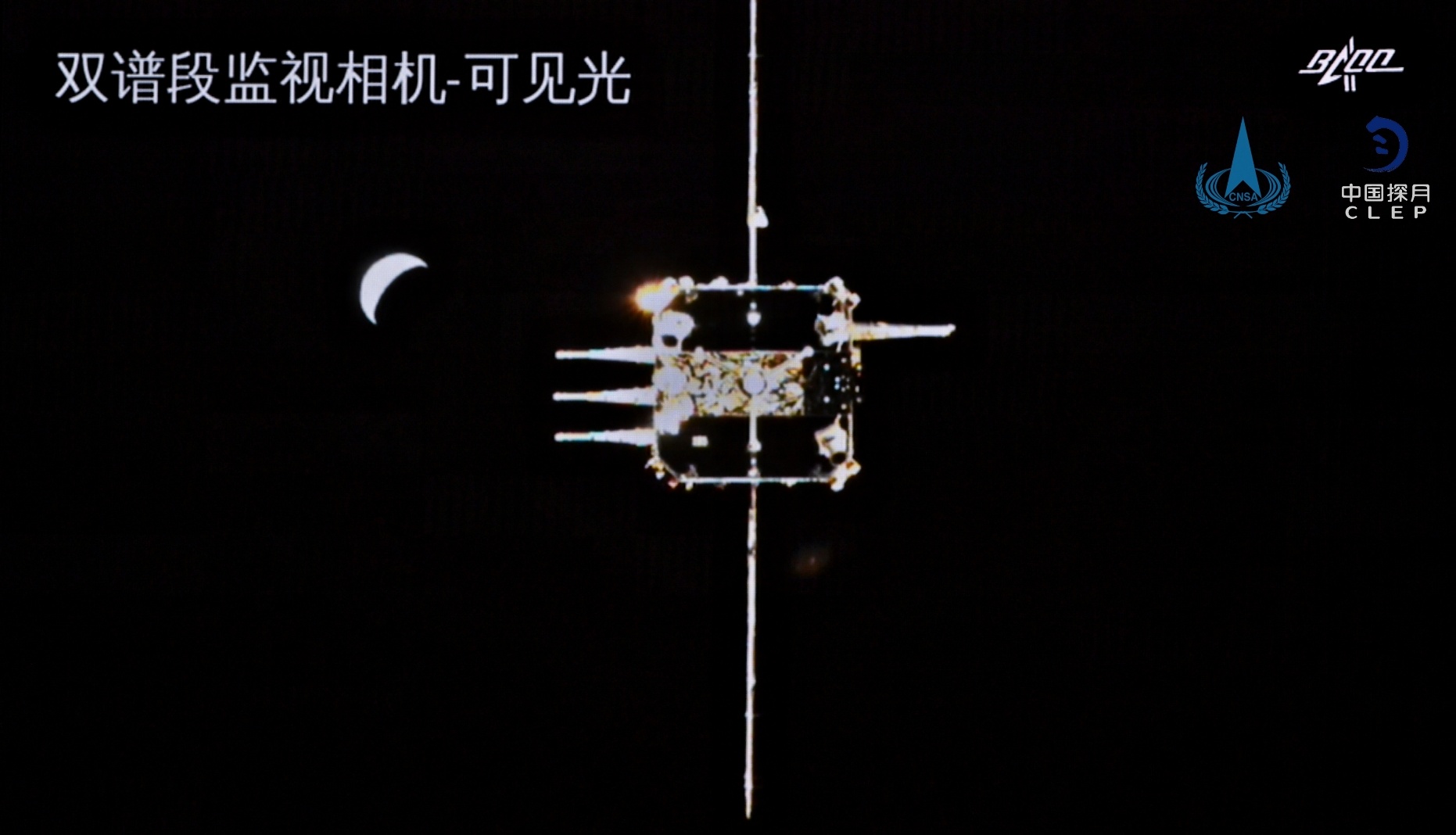In 2004, scientists at the University of Manchester first isolated and investigated graphene, the supermaterial composed of single-layer carbon atoms arranged in a hexagonal honeycomb lattice. Since then, it has become a wonder, with properties that make it extremely useful in numerous applications. Among scientists, it is generally believed that about 1.9% of carbon in the interstellar medium (ISM) exists in the form of graphene, with its shape and structure determined by the process of its formation.
As it happens, there could be lots of this supermaterial on the surface of the Moon. In a recent study, researchers from the Chinese Academy of Science (CAS) revealed naturally formed graphene arranged in a special thin-layered structure on the Moon. These findings could have drastic implications for our understanding of how the Moon formed and lead to new methods for the manufacture of graphene, with applications ranging from electronics, power storage, construction, and supermaterials. They could also prove useful for future missions that will create permanent infrastructure on the lunar surface.
Continue reading “China's Lunar Samples Contain Graphene Flakes”
